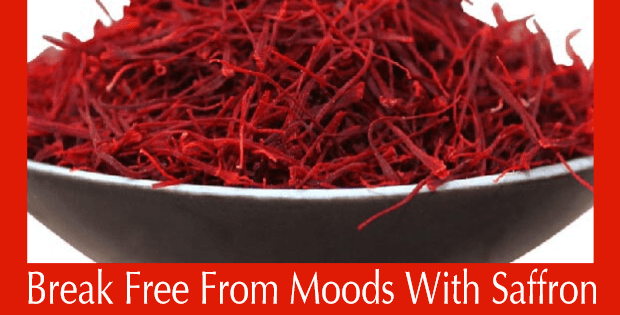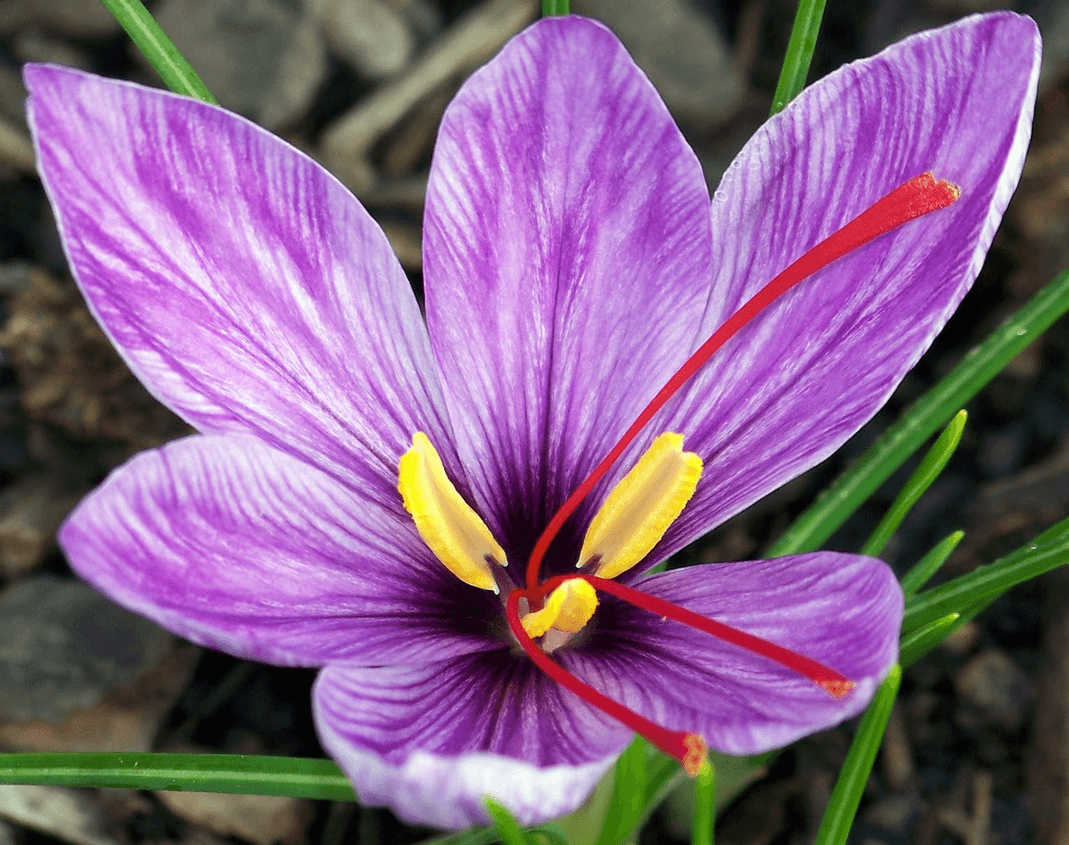Break Free From
Moods With Saffron

Why Does Saffron Extract
Reduce Snacking By 55%?
Stress induced hormonal and neurotransmitter imbalances disturb the brain reward pathways. These brain changes result in an increase in the biochemical reward value of comfort food. Food cravings and compulsive snacking have been proven to be driven by the same mechanisms that result in heroin and cocaine addiction! No wonder those urges are so difficult to resist. These imbalances set up a feed-feedback cycle, known as reactional hyperphagia which is the technical name for food cravings.
Saffron extract, containing active compounds called crocin and safranal, has been proven in placebo-controlled studies to reduce snacking behaviors (even compulsive snacking) by 55%. The study participants reported reduced hunger and a reduced need to snack between meals.
Restored appetite regulation doesn’t just control snacking, it results in improved mood, increased satiety (fullness), and a decrease in between-meal food cravings. Saffron has also been shown to improve anxiety and depression possibly by increasing serotonin activity in the brain. This is likely to contribute to the improvements in stress based eating.
Helps All Types of Stress Related Conditions
Studies indicate that the ability of saffron’s constituents to modulate the HPA axis, as well as serotonin and other neurotransmitters also contributes to a wide range of health benefits. These include preventing cancer, and as a remedy for pain and arthritis, poor digestion, high blood pressure, high cholesterol, respiratory diseases, and Alzheimer’s disease.
In addition, saffron has the potential to slow the progress of eye conditions including macular degeneration and retinitis pigmentosa due to its powerful pigment content. Its ability to improve stress also contributes to better sleep.
Satiereal is a clinically studied, proprietary extract of saffron. Just two capsules per day of Life Extension – Optimized Saffron with Satiereal, 60 vegetarian capsules gives you the same amounts of crocin and safranal used in the research studies very affordably. (As an Amazon Associate I earn a small amount from qualifying purchases.)
Saffron is one of most expensive herbs in the world. Saffron is the dried stigma (tiny threadlike strands) of the Crocus Sativus Linneaus, a member of the iris family. It has been cultivated for thousands of years and is actually dependent on humans to reproduce. Its seeds are sterile so the crocus bulbs must be dug up, separated and replanted by humans in order to make more plants. Evidence of the use of pigments made from saffron dates back 50,000 years.

Get more fascinating details on the hunger studies below!
Following these findings, scientists launched a full-scale, randomized, double-blind, placebo-controlled clinical trial, enlisting 60 mildly overweight, female volunteers ranging in age from 25 to 45. This time, however, at least half of the women selected suffered from compulsive between-meal snacking behavior, although participants were not assessed specifically for their level of anxiety or stress. Women were excluded if they had any history of cancer, diabetes, gastric surgery, pathological eating disorders (such as anorexia and bulimia nervosa), abnormal liver or kidney function or were currently using any medications (such as antidepressants) or supplements that might interfere with the results.
As before, half of the subjects were given daily doses of 176.5 mg of patented saffron extract—but this time, for a full 8 weeks—while the others took an identical-looking placebo. All subjects were instructed to otherwise maintain their normal dietary and lifestyle habits, and all between-meal food consumption was recorded.
The saffron extract significantly reduced the frequency of snacking events to a degree that the journal-published study described as “most striking.” At the beginning of the study, both groups indulged in an average of 12 between-meal snacks per week. After 8 weeks, the number of snacking events for the placebo group fell somewhat to 8.9 per week, a decrease of 28%. By comparison, between-meal snacks for the saffron group decreased to just 5.8 per week, a snacking decrease, over 8 weeks—of 55%!
Thanks to Michael Downey at Life Extension Magazine for this excellent report. More details…